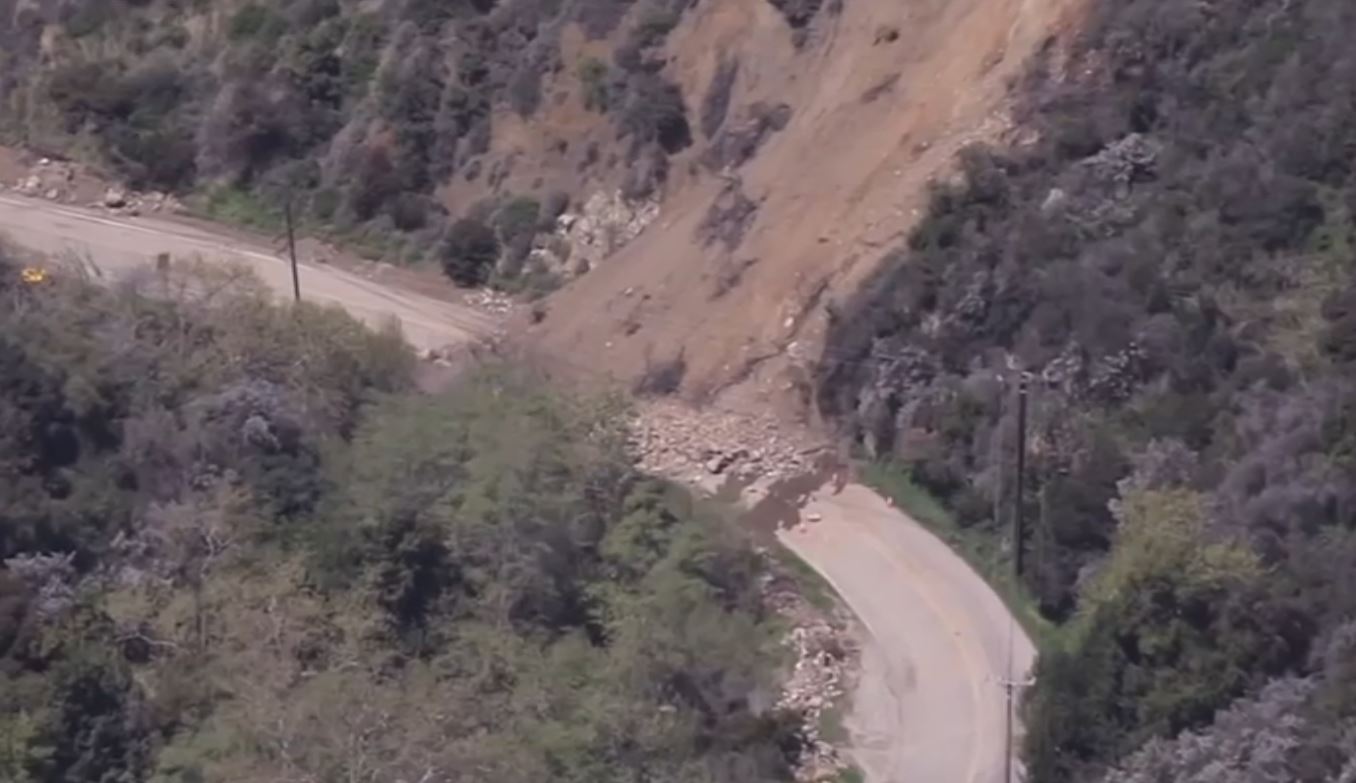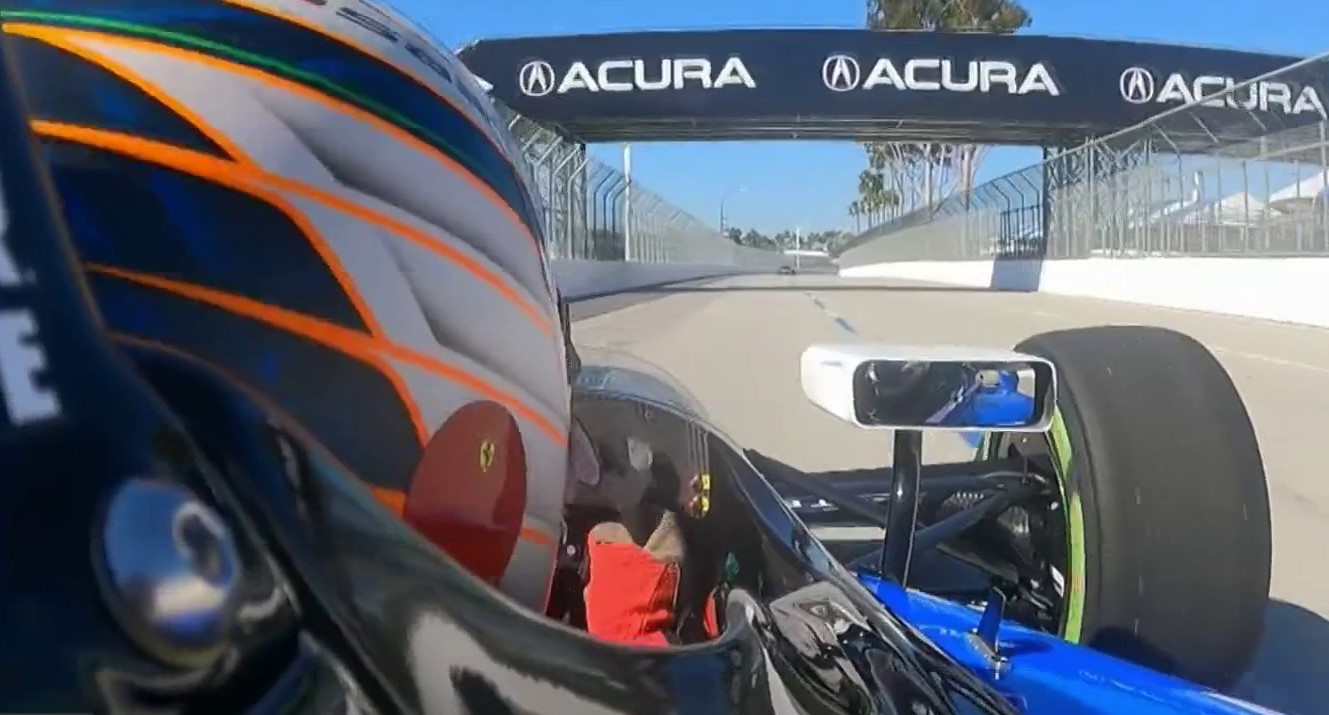ExxonMobil's refinery in Torrance was re-started Tuesday morning, more than one year after it was damaged by an explosion.
As a safety precaution, ExxonMobil shut down a pollution control device for six hours during the re-start process. That shutdown will result in up to 600 pounds of excess particulate emissions, but South Coast Air Quality Management District officials do not expect it to expose residents to unhealthy levels.
An AQMD hearing board has approved the re-start plan, and regulators said they will be keeping a close watch on the operation. One phase of the re-start plan to was completed Monday night, according to AQMD officials.
The multi-phase re-start is a "long, complex process," said Sam Atwood, of the AQMD.
"We are taking a number of steps to protect nearby residents when the refinery starts up and resumes operations,'' said Wayne Nastri, acting
executive officer of the AQMD. "One of those measures includes deploying an air monitoring network to measure fine particulate levels in the air around the refinery during the startup process.''
ExxonMobil officials said the restrictions imposed by the AQMD on the operation will "minimize impact to the community and the environment as we
resume full operations.''
"Our restart procedures have been thoroughly evaluated by the South Coast AQMD and are consistent with the U.S. Environmental Protection Agency's
Refinery Sector Rule and other relevant regulations,'' according to the company. "Full operations at the Torrance refinery will help to maintain a dependable, local inventory of California-grade gasoline, a specialized blend that meets the state's stringent clean-air regulations.''
The refinery has been largely out of operation since Feb. 18, 2015, when an explosion caused extensive damage to the facility, injured four people and
led to spikes in Southern California gas prices.
Local
Get Los Angeles's latest local news on crime, entertainment, weather, schools, COVID, cost of living and more. Here's your go-to source for today's LA news.
Under the re-start agreement approved by the AQMD hearing board, ExxonMobil must pay about $5 million in penalties for air pollution violations
that resulted from the February 2015 blast.
Agency documents indicate the refinery ``is not currently in violation of district rules'' or its operating permit, but the restart ``is expected to result in a violation of district rules and the facility's existing Title V permit conditions.''
The refinery was sold to New Jersey-based oil refining company PBF Energy in September. The $527.5 million deal is expected to close in the second quarter of 2016.
The 750-acre refinery has a capacity of 155,000 barrels per day. With the purchase, PBF will increase its total capacity to about 900,000 barrels per
day, according to the company.
Federal authorities blamed a breakdown in safety procedures for causing the 2015 explosion. According to the U.S. Chemical Safety Board, the trouble
began six days before the blast when a problem developed with a piece of
equipment known as an expander, forcing the plant's "fluid catalytic
cracking'' unit to be shut down.
That shutdown led to steam being forced into a reactor, and some was leaking from an open flange that was preventing plant employees from carrying
out repair work, the board found. When a supervisor reduced the flow of steam, it caused hydrocarbons to flow into the plant's electrostatic precipitator,
where the hydrocarbons were ignited, causing the explosion.
According to the board, plant employees deviated from standard procedures while trying to repair the catalytic cracking unit. Investigators noted that a similar situation led to a 2012 fire at the Chevron refinery in Richmond.
State regulators issued 19 citations against ExxonMobil and proposed penalties totaling $566,600 in response to the explosion.
Cal/OSHA officials said a 2007 safety review found problems with flammable vapor in the plant's electrostatic precipitator, but no corrective actions were taken. Regulators noted that the plant's fluid catalytic cracker had not been working properly for as long as nine years prior to the blast.
This is the oficial website where people can view the air quality conditions in and around Torrance as the refinery restarts.
City News Service contributed to this report.



